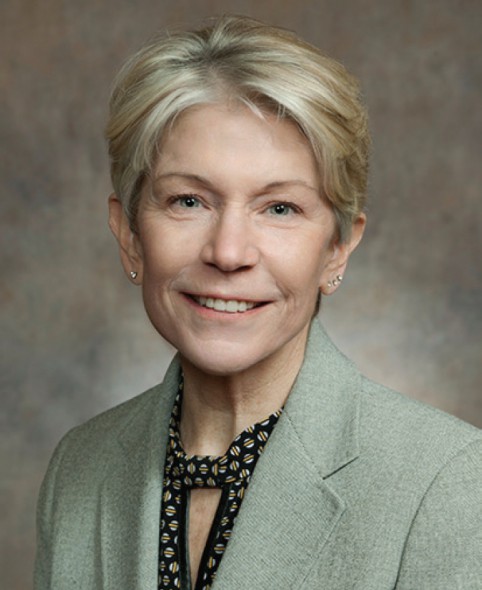State Legislature Has Most Women Lawmakers Ever
31% of state legislators are women.
More female lawmakers are serving in the Wisconsin State Legislature than ever before, reflecting a nationwide trend of women increasing their numbers in elected office.
As the new legislative session begins in Madison, there are 41 women serving in the state Legislature, up from 34 during the last session. That means women will make up roughly 31 percent of Wisconsin state lawmakers over the next two years.
According to a new report from the Legislature’s nonpartisan research office, that’s the most female state lawmakers in Wisconsin history.
“We see, time and time again, in the literature and research on representation that it does make a substantive difference to have women, and a diverse group of women, at policymaking tables,” she said. “We value things like being a veteran, serving in the military, because that is a lived experience that can be applied to public policy; so too is being a woman, because you bring experiences that are often left out of the conversation.”
According to an analysis by the Center for American Women and Politics, legislatures across the country saw an uptick in female state lawmakers this year, increasing the nationwide percentage of female representation in state capitals from 29 percent in 2020 to a record-high 31 percent in 2021.
Dittmar said GOP women saw the largest gains this year, following a banner year for Democratic women in 2018.
“It is important to celebrate the gains we’re seeing for Republican women this (election) cycle because we’ve seen such a dearth of women’s representation on the Republican side of the aisle,” she said.
In Wisconsin, about two-thirds of female lawmakers are Democrats. In 2019, Wisconsin Assembly Democrats achieved gender parity in their caucus.
In terms of legislative leadership roles, Sen. Janet Bewley, D-Mason, is the state Senate minority leader, and Sen. Janis Ringhand, D-Evansville, is the assistant minority leader. Rep. Dianne Hesselbein, D-Middleton, is the assistant minority leader in the state Assembly.
Dittmar said recruiting women to run for office is the biggest obstacle to increasing female representation in politics.
Potential deterrents run the gamut — a 2019 study from the Wilson Center, a think-tank based in Washington, D.C., found female candidates were more likely than male candidates to get negative media and social media attention, and a 2015 study from the Pew Research Center found roughly two-thirds of Americans believe it is more difficult for women to be elected to high political offices than it is for men. A 2013 study from American University found young men were twice as likely as young women to have thought about running for office.
Dittmar noted it is also more difficult for women to fundraise, if they do choose to launch a campaign, and particularly so for women of color.
“They do more work to raise the same amount of money,” she said.
As many Wisconsinites celebrated the historic inauguration of the United States’ first female vice president this week, Kamala Harris, Dittmar noted that such achievements are likely to contribute to the continued growth of female representation in state legislatures and higher offices.
“The more women we have in office, in political leadership, we see more women running,” she said. “And we also see more women running successful campaigns, because they have the resources that they need.”
Listen to the WPR report here.
More Women Are Serving As Wisconsin State Lawmakers Than Ever Before was originally published by Wisconsin Public Radio.























